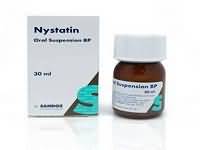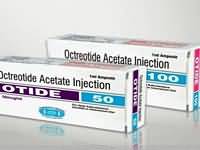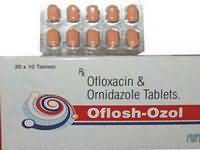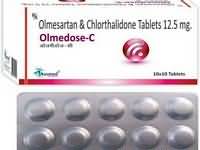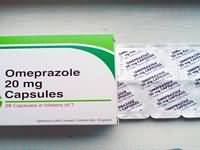Epoprostenol

Epoprostenol
CLINICAL USE
Vasodilation and inhibition of platelet aggregation without prolonging bleeding timeAlternative to heparin in haemodialysis Treatment of peripheral vascular disease and pulmonary hypertensionDOSE IN NORMAL RENAL FUNCTION
2–50 ng/kg/minute, adjusted according to responseDialysis anticoagulation: 4 ng/kg/minute starting 10–15 minutes before and continuing during dialysis via the arterial line, adjusted according to response (range: 0.5–12 ng/kg/minute)PHARMACOKINETICS
DOSE IN RENAL IMPAIRMENT
GFR (mL/MIN)
DOSE IN PATIENTS UNDERGOING RENAL REPLACEMENT THERAPIES
IMPORTANT DRUG INTERACTIONS
Potentially hazardous interactions with other drugsIncreased hypotensive effect with ‘acetate’ dialysisADMINISTRATION
Reconstition
500 microgram vial with diluent provided gives solution of 10 micrograms/mL. Can be diluted furtherRoute
IV or into blood supplying dialyserRate of Administration
Via CRIPComments
Complicated dosing schedule – check calculations carefullyInfusion rate may be calculated by the following formula:Dose rate (mL/hr) Dosage (ng/kg/min) × body wt (kg) × 60 Concentration of infusion (ng/mL) (usually 10 000 ng/mL)OTHER INFORMATION
Monitor BP and heart rate. Reduce dose if patient becomes hypotensive. Cardiovascular effects cease 30 minutes after stopping the infusionSome patients may exhibit allergic reaction to buffer solution used to reconstitute epoprostenolSolution retains 90% potency for 12 hours after dilutionThe concentrated solution should be filtered using the filter provided in the pack
See how to identify renal failure stages according to GFR calculation
See how to diagnose irreversible renal disease
Home

